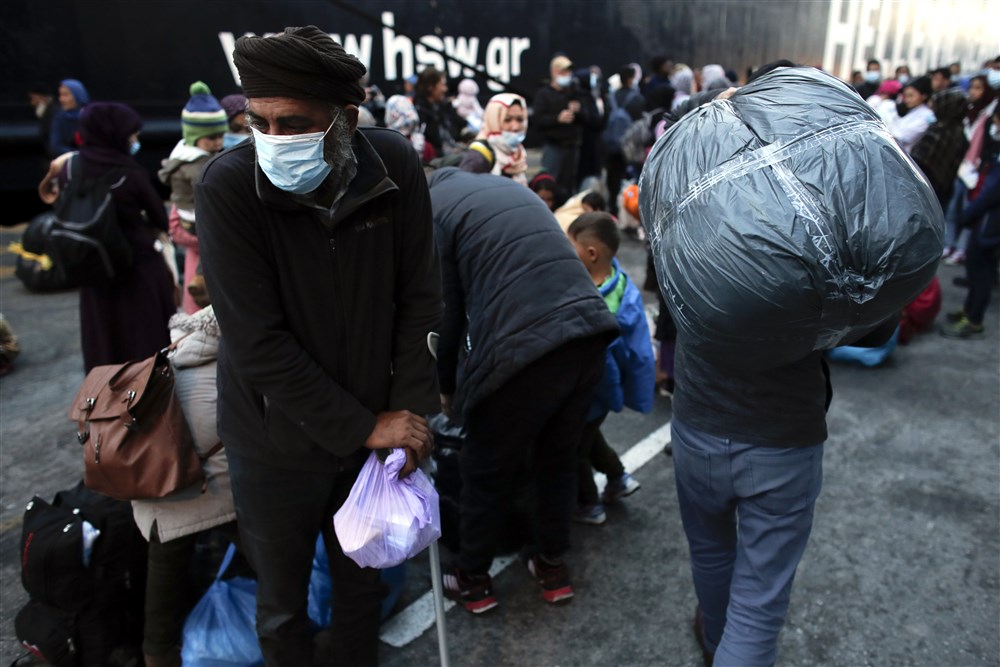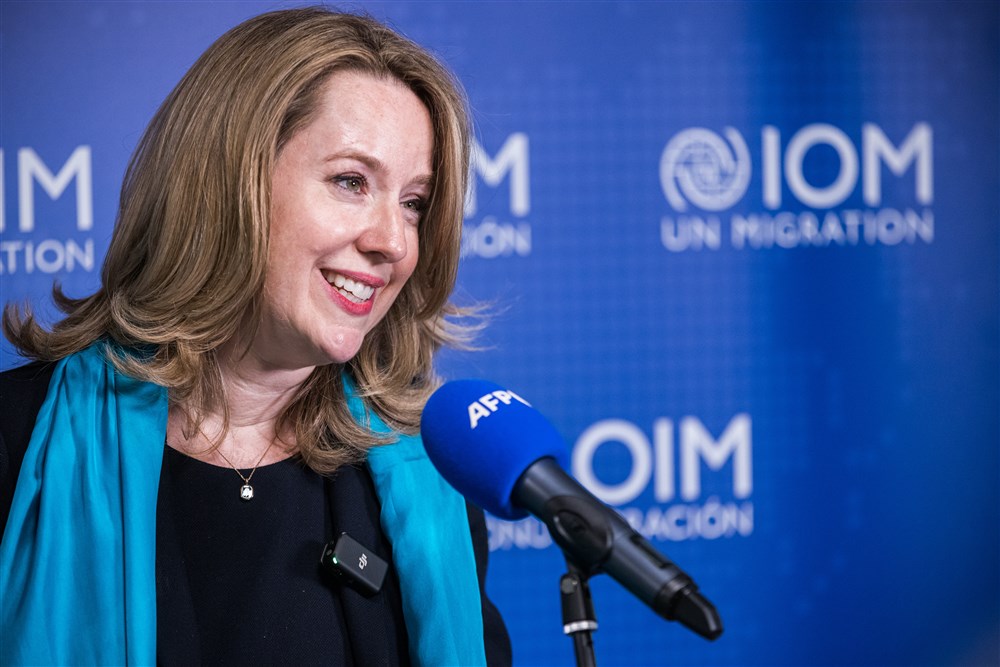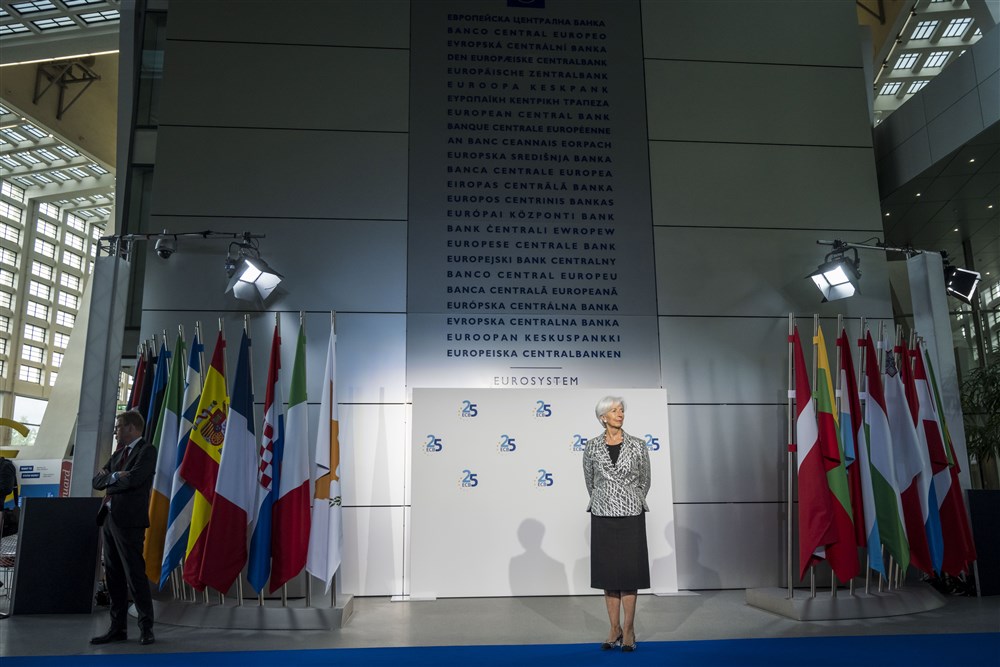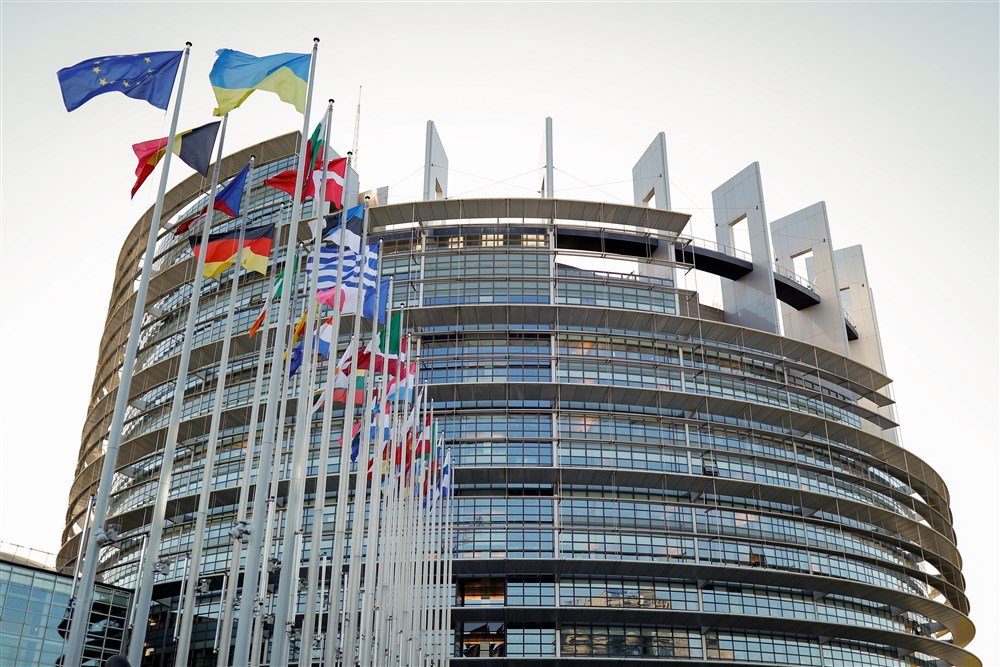European Union Member States will gain new powers to return migrants under an EU ‘Migration Pact’ deal struck late on June 8.
National governments will be able to process migrants and asylum seekers at country borders and reject them if they wish, replacing the current system that allows entry while migrants’ applications are processed.
The pact also provides provisions for EU Member States to return rejected applicants to safe ‘third countries’ – EU speak for non-EU countries. More importantly perhaps, it allows Member States to define for themselves which non-EU countries are ‘safe’.
Any returned migrant will have to be shown to have a “connection” with the country they’re being returned to, although in that case too, national governments will decide what constitutes a ‘connection’.
The measures are designed to give countries on the frontline of the mass migration crisis, such as Italy, more freedom when deciding how to respond.
The agreement comes despite what observers feared might have been too many stumbling blocs for the 27 Member States to do a deal. Speaking at a press conference late on June 8, Swedish Migration Minister, Marie Stenegard, announced the proposal she had championed had been agreed upon, saying: “I didn’t really believe I’d be sitting here, saying this, but here we are.”
The Council meeting had opened with strong Polish and Hungarian opposition – Hungary protesting that the proposed text wouldn’t “do the job”, and the Polish minister saying he felt the pact was like “returning to 2015”.
While some countries thought it too soft, other countries including Germany thought it was too harsh.
However, Italy’s minister highlighted the positive role of ‘third countries’. The Italians were able to secure the key compromise that allows national governments rather than the EU to decide whether a non-EU country was ‘safe’.
The new Migration Pact will see a major overhaul of EU policy on mass migration, which has long been a source of controversy in the bloc.
The pact will also replace the Dublin Regulation, which states that migrants must apply for asylum in the first EU country they enter. It will allow for the transfer of asylum seekers and their cases to other EU countries in the event of crisis-levels of mass migration. Stenegard said this was necessary to prevent the EU’s frontier states from being “overburdened”.
One of the central points of the pact is the so-called ‘Solidarity Mechanism’, which gives EU nations a choice between accepting relocated migrants, or paying a set sum into a common EU fund.
The amount originally set at €22,000 per migrant was refused but, after some apparent bargaining, that was cut to €20,000.
However, implementation of the new pact is still some way off. Following Thursday’s agreement, the Council will have to enter into ‘trilogue’ negotiations with representatives of both the EU Parliament and Commission.
As one journalist pointed out during the press conference, the Council position on the pact is not in line with Parliament’s, which is in favour of the mandatory relocation of migrants, meaning tricky negotiations lie ahead.





